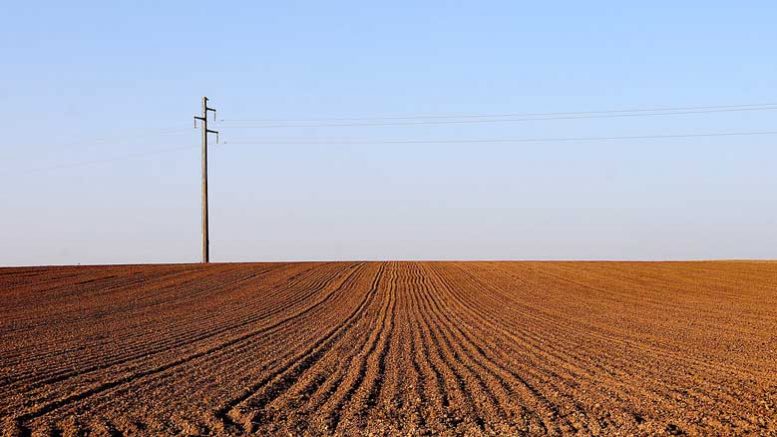Interest in purchasing agricultural land has grown since a coronavirus pandemic-induced slowdown blanketed the land market last spring. Farmers are feeling more financially secure as very strong commodity prices arrived on top of large government payments in 2020. This is propelling farmers to bid more aggressively for additional land than has been the case during the past six years.
“One thing that all the high-priced land has in common is that they were all sold at auction!” said Colton Lacina, a professional farm manager with Farmers National Company in Hudson, Iowa.
Individual investors, both first-time, and experienced buyers, are stepping into the land market as they search for a safe, long-term real estate investment in a low interest rate environment. Investor buyers seldom outbid farmer-buyers for a good farm unless they have 1031 tax-deferred exchange funds to spend in a short time period. The increase in ag land prices is happening in most areas of the Grain Belt and with most types of land.
“At Farmers National Company auctions, we are seeing competitive bidding push prices for good cropland to levels approaching 2014 values,” Randy Dickhut, Vice President of Real Estate shared. “Average to lower quality farms are experiencing stronger sales prices, too, while pastureland increases are more modest,” he continued.
“The best way to sell cropland in the current market is to take it to auction”
Currently, the demand for good farmland is outstripping the supply of farms for sale. During the previous few years, the number of farms for sale has been lower but there remained enough demand in the farmland market to balance the lower supply resulting in steady land prices. At this time, the strong demand to own farmland is one of the main factors pushing prices higher. “In order for the seller to get top dollar in the current land market, they have to ensure there is true competitive bidding,” said Dickhut.
Higher land values will bring more sellers into the market as estates, trusts, recent inheritors, and family groups evaluate whether to sell the farm or ranch and capture the higher prices. An additional consideration is the uncertainty surrounding future tax policies which may trigger a sale sooner rather than later for some.
The land market will be balancing increased demand for good cropland against what might be an increasing supply of farms for sale. “In a rising land market, it becomes more difficult to predict what a farm will actually sell for on any given day especially when there is demand from both farmers and investors driving farmland.” Lacina said.
“The best way to sell cropland in the current market is to take it to auction or some form of competitive bidding that brings together the potential buyers utilizing the true price discovery method,” said David Whitaker.
Professional Help from the American Society of Farm Managers and Rural Appraisers (ASFMRA) Members
Members of the Iowa Chapter of the American Society of Farm Managers and Rural Appraisers (ASFMRA) work with close to 2 million acres across Iowa. Its Farm Manager members are experts in helping landowners to achieve their objectives, while its Appraiser members are equipped with the tools necessary to tackle a wide spectrum of real estate valuation assignments. To locate a professional farm manager or appraiser in your area, visit ASFMRA.org.
You can connect with an ASFMRA member in your area by visiting asfmra.org/directory/find-experts2.
About the authors:
Colton Lacina is a Farm Manager, Real Estate Sales agent with Farmers National Company in Hudson, Iowa.
David Whitaker ALC, CAI, is an Area Sales Manager for the Central Region with Farmers National Company in Ames, Iowa.

